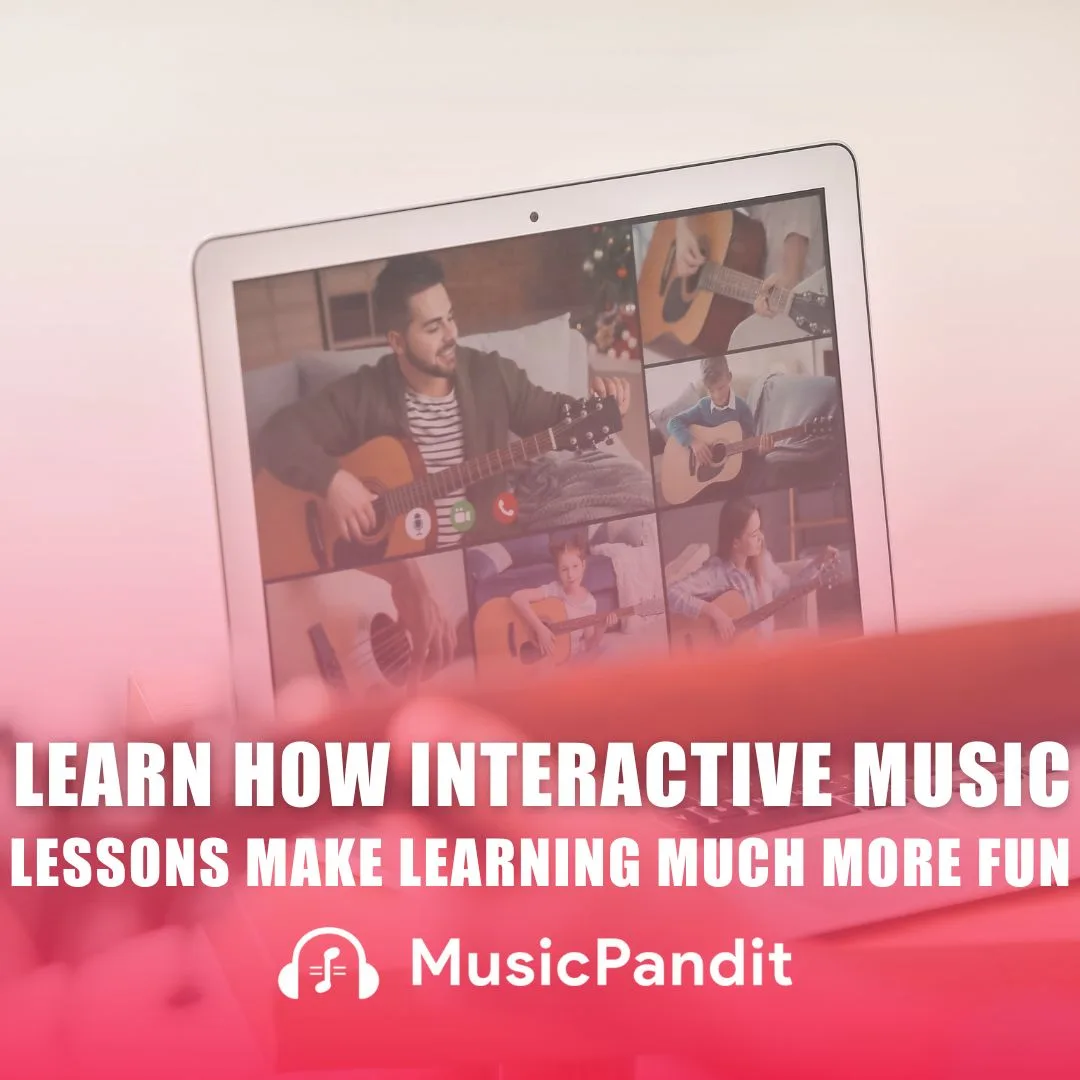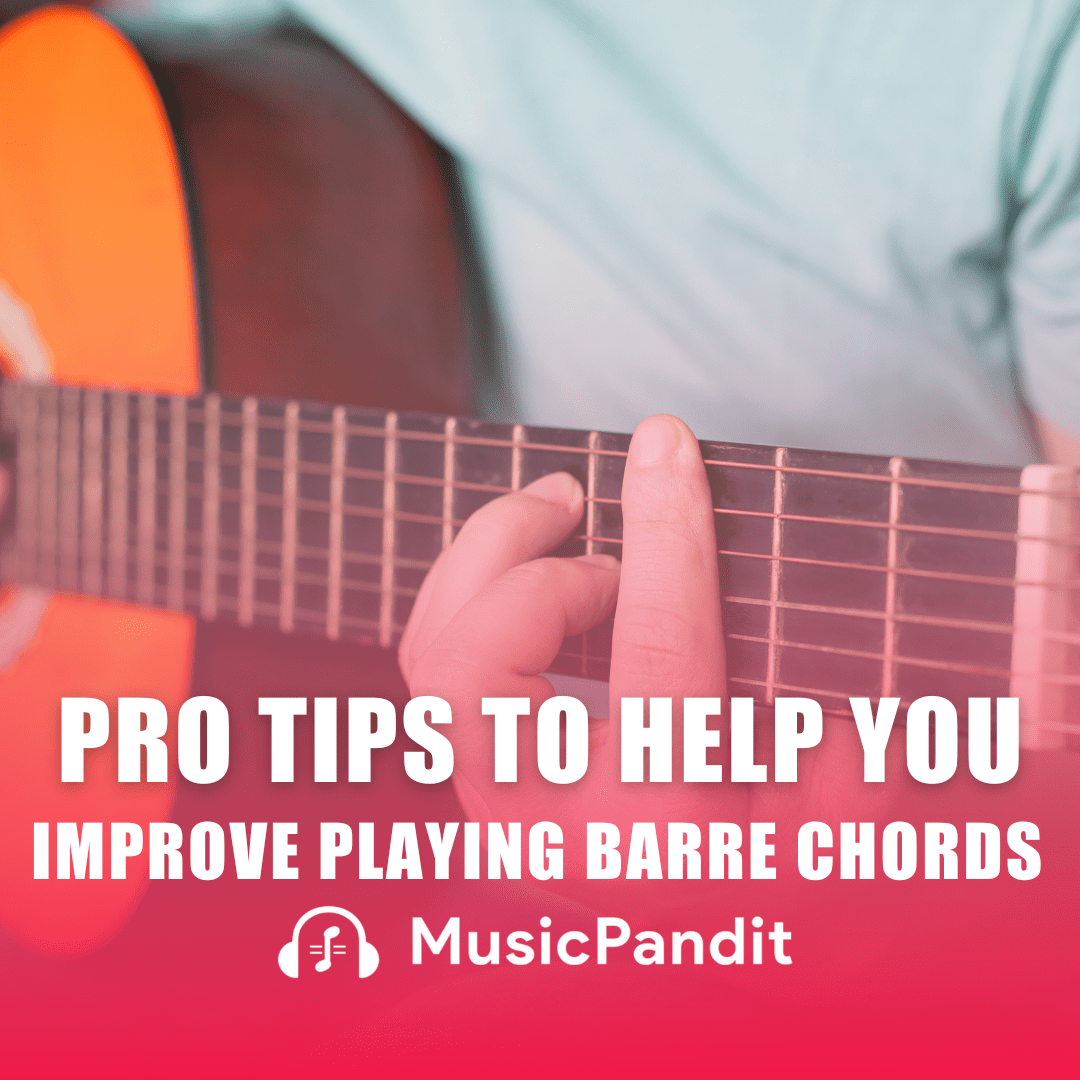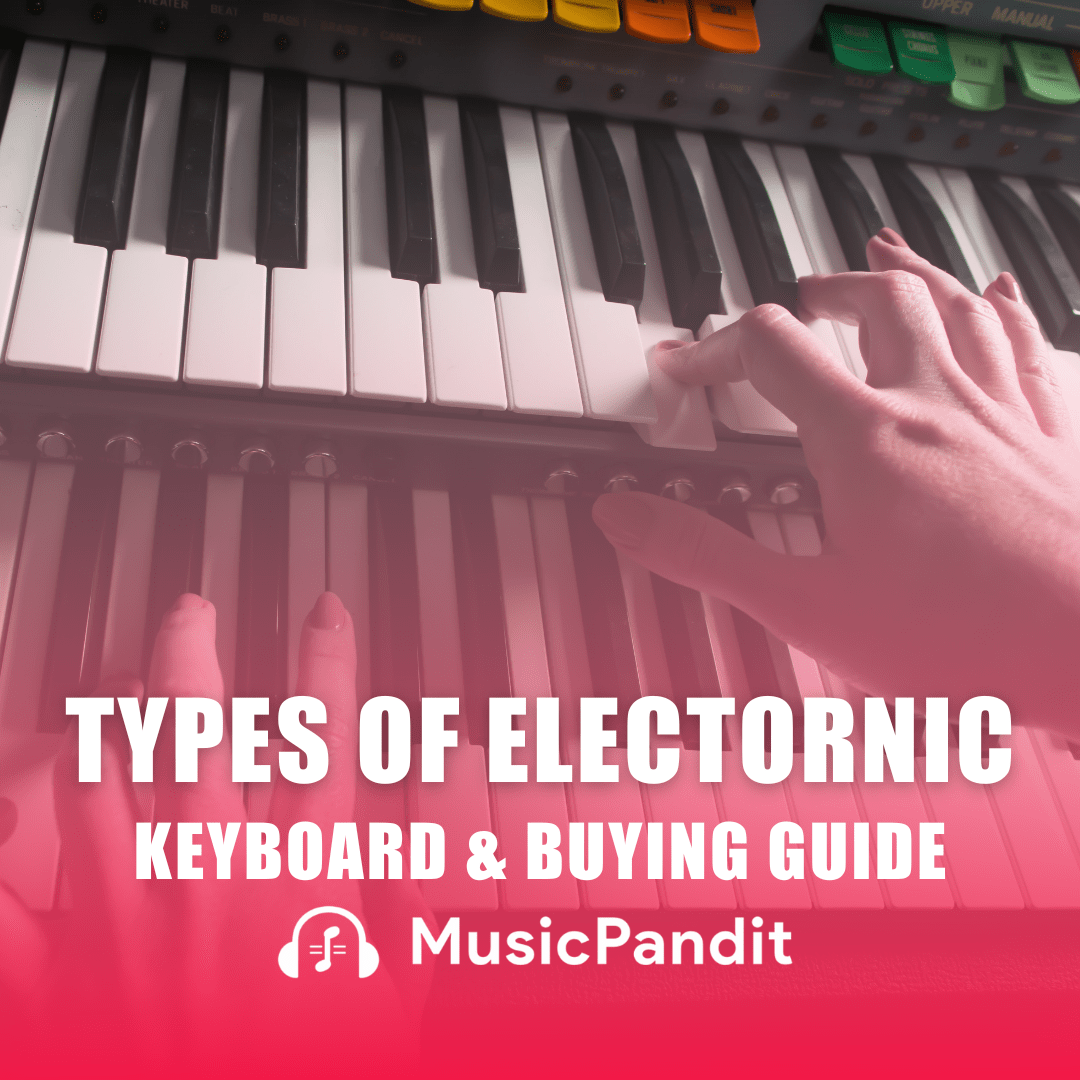When it comes to schooling nowadays, the traditional approach to teaching is progressively evolving into a more interactive and engaging method. This shift is particularly glaring in music education, in which educators are harnessing the strength of interactive music lessons to make knowledge of Western music not only simply instructional but, additionally, exceptionally enjoyable.
The previous days of monotonous teaching and rote memorization have passed by; instead, interactive learning practices have taken centre stage, transforming music learning into a dynamic space in which creativity flourishes and students actively take part in their very own learning journey.
What is Interactive Learning and How Does it Work in Music Education?
Interactive music lessons involve active participation from the teacher and the students. It encourages collaboration, cognitive analysis, and brainstorming abilities – in the long run leading to a deeper knowledge of the subject. In western music lessons, interactive knowledge takes diverse forms, together with group lessons, hands-on learning experiences, and advanced technology learning. By integrating interactive lessons into music education, educators can create an immersive studying experience that captivates students’ interest and fosters their musical development.
Fun learning in music education works by presenting students with opportunities to interact with the material in significant ways. Instead of just listening to what the teacher has to say or practising alone, students can actively take part in fun lessons, collaborate with their fellow learners, and discover various musical concepts through different in-class activities. Whether it is quizzes, trivias, puzzles or analysing musical rankings, improvising melodies, or composing unique pieces, interactive lessons encourage students to take ownership in their mastering and find out the joy of making music firsthand.
Why is it Important to Make Learning Fun?
Making learning fun is essential for several reasons. Firstly, it complements student motivation and engagement, as music learning students are much more likely to actively take part in activities that they think are exciting. When learning is fun, students are more willing to invest effort and time into it, leading to better retention of records and progressing overall performance.
Moreover, fun learning stories stimulate creativity, allowing students to explore new thoughts and express themselves in different ways. By infusing interactive lessons into the teaching process, a tremendous environment can be created where students feel empowered to take risks and think out of the box.
Additionally, gaining knowledge through fun activities helps students develop a lifelong love of learning. As they learn with amusement and fulfilment, they are able to retain information and seek out new opportunities for personal and professional growth. Ultimately, by making lessons fun, educators can inspire a passion for learning that extends way beyond the classroom.
How to Make Western Music Learning Fun and Interactive? (For Educators)
Break Down Your Lessons:
Instead of hours of prolonged practice and lessons, you can break your western music lessons into smaller elements. Incorporate a variety of activities, such as taking note of distinctive musical genres, exploring historical contexts, and analysing musical compositions, to preserve students engaged and attentive.
Give Your Students Choices:
Teachers can empower students by giving them alternatives on their musical learning adventure. Allow them to discover various musical concepts, genres, and patterns, and inspire them to pursue topics that resonate with their musical pursuits. Empowering students with control over their learning experience can boost their motivation and enthusiasm for Western music education.
Incorporate Games:
Integrate games and interactive quizzes to make the journey more enjoyable. Whether it is a musical quiz, a rhythm mission, or a composition opposition, gamifying the method provides a detail of pleasure and healthy competition. These exercises motivate students to participate actively and deepen their musical expertise.
Create Group Time:
Foster collaboration and teamwork by incorporating group activities into your music lessons. Assign group tasks wherein students collectively examine musical pieces, perform ensemble pieces, or compose original tracks. Interactive music lessons not only enhance students’ musical skills but also promote communication, cooperation, and teamwork in a musical context.
Incorporate Hands-on Learning:
Create engaging opportunities for interactive learning in your virtual music classroom. Encourage students to explore musical instruments, experiment with different techniques, and collaborate in ensemble performances. Hands-on learning not only reinforces theoretical concepts but also helps students develop musical skills, physical coordination, and a greater appreciation for music as an art form.
Be Open to Creativity:
Create a supportive environment where students feel free to express themselves musically and take some initiative on their own. Maybe it can include improvising melodies, arranging musical compositions, or exploring tune generation. Nurture the students’ inventive skills and have a good time with their unique musical talents.
Make Technology Part of Your Lessons:
Embrace the era as a tool for boosting knowledge. Use interactive apps, virtual systems, and multimedia sources to complement your lessons and offer students immersive learning experiences. Whether it’s exploring track ideas via interactive software programs, recording and modifying musical performances, or collaborating with musicians online, technology opens up limitless possibilities for interactive music learning and engaging education.
What are the Benefits of Interactive Western Music Learning?
Interactive Western music learning offers numerous advantages that contribute to the holistic development of students and enrich their musical experiences. Let’s explore some of the key benefits.
Engaging Content:
One of the primary benefits of interactive music lessons is its ability to capture students’ attention and actively contain them within the learning method. Through the integration of multimedia resources and activities that open their brainstorming capabilities, and collaborative initiatives. It creates an environment that makes students eager to participate and discover musical standards. Introducing the latest technology methods keeps the adrenaline running to explore and be curious.
Music is one such subject that is interactive on its own. Additionally, using new generation methods can make the learning process seamless. Attracting the students with the content that engages them to participate in musical quizzes, or teaches them how to effectively learn the difficult notes will keep them on their toes to always be open to learning.
Flexibility:
Interactive methods provide the benefit of flexibility, allowing educators to tailor their teaching techniques and resources to meet the needs of students. Unlike traditional teaching techniques, interactive learning permits students to explore western music at their personal pace and is consistent with individual interests.
Whether they are beginners keen to research the basics of music or experienced musicians looking to refine their skills, interactive study methods can accommodate students of all tiers. This flexibility not only fosters a sense of autonomy and possession over their learning but promotes continuous improvement.
Enjoyment:
Interactive western music learning fosters a pleasant and helpful environment in which students receive a considerable amount from their musical studies. Educators can urge students to actively participate and immerse themselves in western music by instilling fun and exhilaration in music lessons. All in all, learners feel fulfilled and satisfied as they discover their musical abilities and engage with other students, whether through group activities, interactive games, or collaborative concerts. This enthusiasm goes beyond the classroom, inspiring students to pursue musical activities outside of formal practice and instilling a lifetime love of music.
Cognitive Benefits:
Engaging in interactive Western music classes has various cognitive benefits that contribute to students’ overall success and growth. Music training stimulates many parts of the brain involved in auditory processing, recollection, and motor coordination, resulting in increased function and sensory motor skills.
Furthermore, interactive learning activities such as music theory games, musical memory, and groups test students’ problem-solving skills and critical thinking abilities while also enhancing their cognitive growth. Interactive studying improves students’ cognitive flexibility, inventiveness, and adaptability by training the brain in a variety of ways, preparing them for success in both musical and non-musical hobbies.













